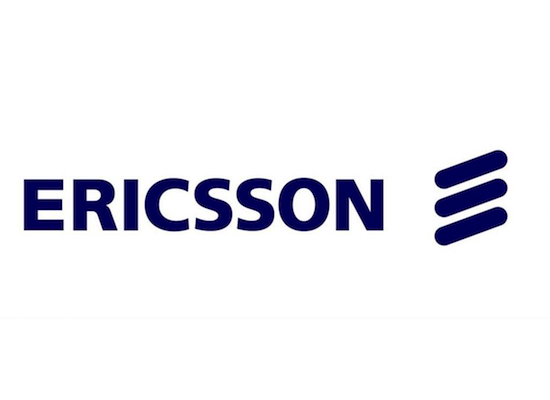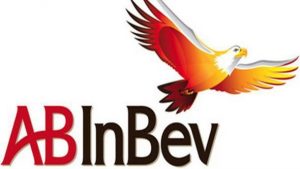Primary Functions
- Learn how Ericsson designed and implemented a cellular communication network of water quality sensors that can help municipalities and water utilities rapidly detect and pinpoint changes in water quality.
Detailed Description
Ericsson is actively seeking opportunities to address water, environmental and climate related issues by applying Information and Communications Technology. One such project, called Water Monitoring Networks, involves Ericsson in collaboration with city officials and university researchers to create a connected water quality monitoring system throughout Stockholm. It is part of the Digital Demo Stockholm initiative gearing towards making Stockholm the world’s “smartest city” by 2040.
By viewing global challenges as business opportunities for sustainable solutions, Ericsson positions itself as a technology brand actively working to create positive global impacts. With the Water Monitoring Networks project, Ericsson has the chance to design and implement a cellular communication network of water quality sensors, which municipalities and the water utilities can use to rapidly detect and pinpoint changes in water quality due to e.g. potential pollution or discharges. This allows cities to take early mitigation measures and steer resources where they are needed to minimize operational costs and increase process efficiency.
Ericsson is collaborating with, the City of Stockholm, the Royal Institute of Technology, Stockholm Water, Stockholm University, Linköping University and Telia Company on the Water Monitoring Networks project. Further on, Vinnova (the Swedish Innovation Agency) has co-funded parts of the development of the solution. After consultation with the city and the water utility, Ericsson recognized an opportunity to enable real-time water quality monitoring using a massive system of IoT (Internet of Things) sensors located throughout Stockholm’s entire water system. The network is monitoring basic water quality parameters such as conductivity, pH, temperature, dissolved oxygen, and oxidation-reduction potential. In addition, big data analytics are used together with development of water modelling algorithms that will be able to filter through the sensor data and give bigger picture information about water quality changes. Such changes could alert the city and the water utility to events such as an algal bloom or a discharge of contaminated industrial wastewater, while giving them information about where and when it occurred.





